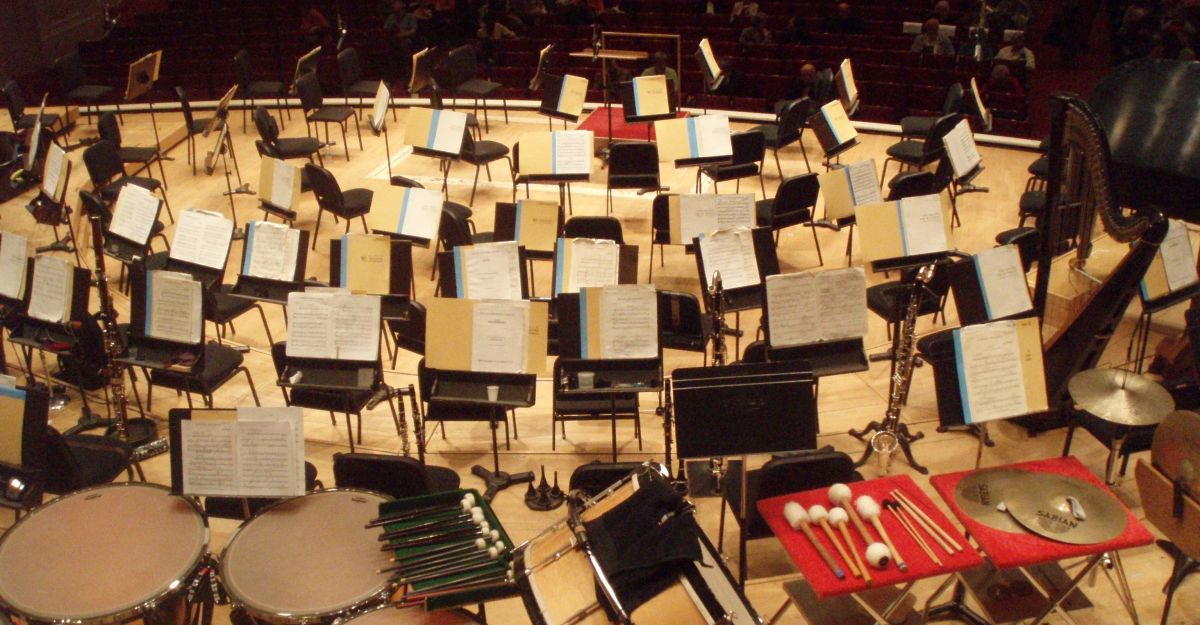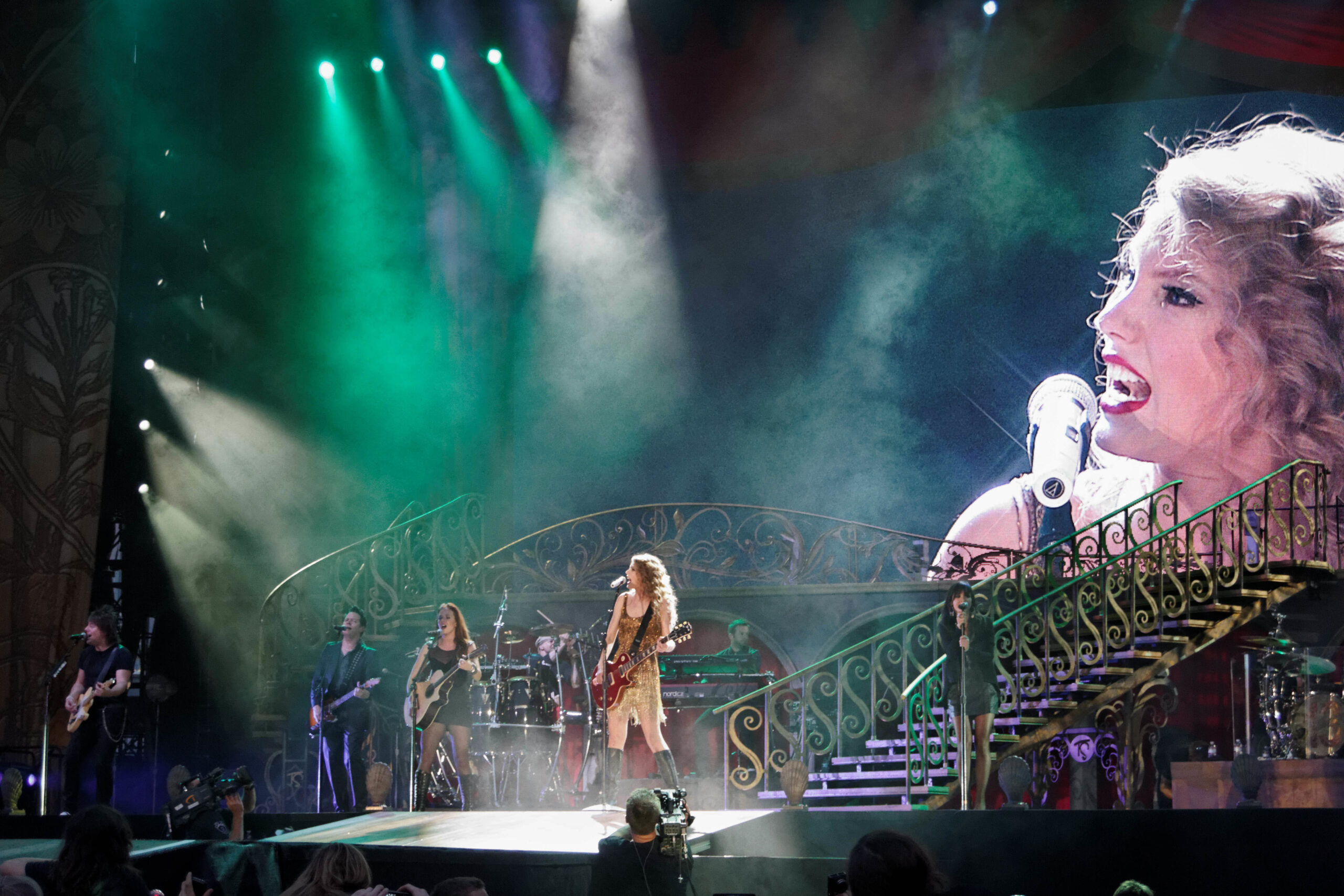One of the defining lessons from my student days came not in a class but before one. Entering a tutorial room early, I happened across a debate about the merits of Bob Dylan. On one side, the class blowhard was aligning Dylan’s genius with that of Shakespeare, whose The Tempest we were then studying. On the other, a similarly self-assured male was leading the detractors in arguing that the former Robert Zimmerman is vastly overrated, honing in on the usual retorts that he betrayed the counterculture by abandoning his folk roots and that his voice sounds, as it was once put, like ‘a cow with its leg stuck in a fence’.
I recall nothing of the ensuing seminar, but have never forgotten listening in on that exchange. It helped me come to understand that disputes concerning aesthetics often present as different sides of the same conservative coin.
Two decades later there are plenty of boomers revelling in Dylan’s recent Nobel Prize, just as others seem outraged by it. Viewed from the periphery it is possible to go either way: to see it as either a necessary kick up the backside for an increasingly remote establishment, or the latest slap-down for the McCarthy-Delillo-Pynchon-Roth quartet of likewise elderly white American males commonly cited among the egregiously overlooked.
There are good reasons to question the awarding of a prominent literary award to Dylan, not least because limiting the focus to his supposed status as ‘the poet of rock and roll’ ignores the indispensable contributions of others to his art. For instance, what would the results of the Big Pink sessions of 1967 – a stack of much-bootlegged detritus that eventually saw official release as the scruffy, piecemeal and utterly magnificent Basement Tapes album – be without the input of the Hawks (soon to be renamed the Band)? What would Blonde on Blonde‘s grand epics ‘Stuck Inside of Mobile with the Memphis Blues Again’ and ‘Sad Eyed Lady of the Lowlands’ be worth sans Kenny Buttrey’s drums or Al Kooper’s organ?
Progressives who stay in one place for too long eventually come to resemble reactionaries. For instance, when Jonathan Luxmoore and Christine Ellis, who self-identify as amateur folk musicians, ask ‘where have all the protest songs gone?’, it is yet another example of nostalgia buffs expecting radical change to evolve out of redundant categories. Just as since the 1960s the unstable meta-classifications of folk, rock, pop and jazz have lost meaning through fragmentation and cross-pollination, so the folk-based protest song upon which Dylan made his name has long become an artefact of history.
When as long ago as 1976 Dylan himself attempted, on his Desire album, to make an overt return to the genre, critics rushed to lampoon him. Writing in The Village Voice, Robert Christgau calmly observed that these were ‘not protest songs … not in the little-people tradition of “Hattie Carroll”; their beneficiaries are (theoretically) wronged heroes, oppressed overdogs not unlike our beleaguered superstar himself’. Meanwhile, Lester Bangs, while like Christgau acknowledging the musical pleasure provided by the historically dubious ‘Hurricane’ (about imprisoned boxer Ruben Carter), heaped particular rancour upon ‘Joey’, a marathon affirmation of mafia hoodlum Joey Gallo. When Bangs referred to ‘Joey’ as ‘one of the most mindlessly amoral pieces of repellent romanticist bullshit ever recorded’, it was the protest song’s grassy knoll moment: the type could never recover from the fatal headshot that Bangs executed on it.
Of course, though the protest song as it was formerly conceived is now passé, there are abundant examples to show that music has remained a powerful outlet for radical dissent. Much of hip-hop seethes with rage against the machine, such as when Public Enemy, who Dylan himself praised, were roughing up the establishment with blistering denunciations like ‘Burn Hollywood Burn’ (about Black representations in mainstream cinema) and ‘By the Time I get to Arizona’ (on legislators refusing to recognise Martin Luther King Jr’s birthday with a public holiday). Women too have led the way, from the Riot Grrl movement of the 1990s to Russia’s Pussy Riot today.
Perhaps the most important political statement in sound ever produced does not even feature lyrics. Christian Marclay’s 2000 installation Guitar Drag was motivated by the murder of Texas man James Byrd Jnr by three white supremacists, who tethered their victim to a pick-up truck then towed him until his body virtually disintegrated. Anyone who reads of Byrd’s fate and then hears and sees Marclay’s piece would be unlikely to continue to attribute political force to something as twee as ‘Blowin’ in the Wind’.
Greil Marcus, who coincidentally wrote the memorable liner notes for The Basement Tapes, includes a chapter on Guitar Drag in his History of Rock ‘n’ Roll in Ten Songs (2014). In it he identifies an alternative lineage of rock-inflected protest music, referring to Jimi Hendrix’s Woodstock performance of ‘The Star Spangled Banner’ as ‘the greatest and most unstable protest song’ (although beyond the boundaries of rock surely John Coltrane’s ‘Alabama’, based on the 1963 murder of four children in a Ku Klux Klan bombing, is a more resonant precursor to Guitar Drag).
Marcus also notes the importance to the folk ballad tradition of John Henry, a legendary nineteenth century African American railroad steel driver who died in a race against a mechanical steam-powered hammer. Yet he does not go on to mention the 2004 song ‘The Day John Henry Died’ by Drive-By Truckers, which is a shame because that is where things come full circle: no-one in the modern era is making stronger protest music than this Athens, Georgia band.
Formed in 1996 by songwriter-guitarists Patterson Hood and Mike Cooley, Drive-By Truckers were initially known for their allegiance to Lynyrd Skynyrd. Southern Rock Opera, their breakthrough record of 2001, climaxes with three tracks – ‘Shut Up and Get on the Plane’, ‘Greenville to Baton Rouge’ and ‘Angels and Fuselage’ – tracing the final moments leading to the 1977 plane crash that wiped out Skynyrd at the height of its powers.
Fifteen years on, Drive-By Truckers has amassed a stockpile of records all of which rally intelligently on behalf of the downtrodden and the marginalised, and feature a political complexity appropriate to a white group from the American south that displays a Black Lives Matter banner on stage. They pair sonic virtuosity – a volatile mixture of styles which at various times evokes Skynyrd, the Stones, the Clash, Uncle Tupelo and Neil Young – with remarkable literary scope, exploring such disparate themes as poverty, unemployment, isolation, suicide, gun violence, Hurricane Katrina, Elvis, The Sands of Iwo Jima, ‘goddamn Reagan in the Whitehouse’, even Dylan and the Band.
Their 2016 album American Band is an instant landmark of whatever distorted form rock has mutated into at this late stage. Patterson Hood’s liner notes set out their stall: ‘Although our lyrics and politics have always tilted a ways left of centre, our music has been rooted in deep traditions and a well of historic and literary influences.’
One gentle lament from American Band addresses the absurdity of radio stations banning the John Lennon song ‘Imagine’ in the wake of September 11. Another provides a general critique of the contemporary socio-political landscape, from global warming to stand-your-ground homicide, climaxing with the memorable quatrain: ‘We’re standing on the precipice of prejudice and fear/We trust science as long as it tells us what we want to hear/We want our truths fair and balanced as long as our notions lie within it/There’s no sunlight in our asses and our heads are stuck up in it.’
And ‘Surrender under Protest’ is a rousing and salient reminder that oppressive governments can never achieve absolute victory over those who resist them.
Then there’s ‘Ramon Casiano’, based on a 1931 race murder committed by one Harlon Carter who went on to become Vice President of the National Rifle Association. Out of this obscure and lurid tale, Drive-By Truckers construct a narrative that is both a plea for reason and an eloquent condemnation of the NRA’s demented WASP mentality: ‘Men whose triggers pull their fingers/Men who’d rather fight than win/United in a revolution/Like in mind and like in skin.’ Ramon Casiano’ is vaguely redolent of Dylan’s 1971 single ‘George Jackson’, albeit substantially more subtle and nuanced.
Bob Dylan remains significant not least because – unlike some of his audience – he has never settled with dwelling upon his sixties legend. But with Trump in the ascendancy, anti-feminism on the rise, and cunning reactionaries working to conflate radicalism with elitism, it is the refined protest music of progressives like Drive-By Truckers that most effectively captures the zeitgeist.
Image: ‘Folk Punk is Dead’ / Lew Holzman






